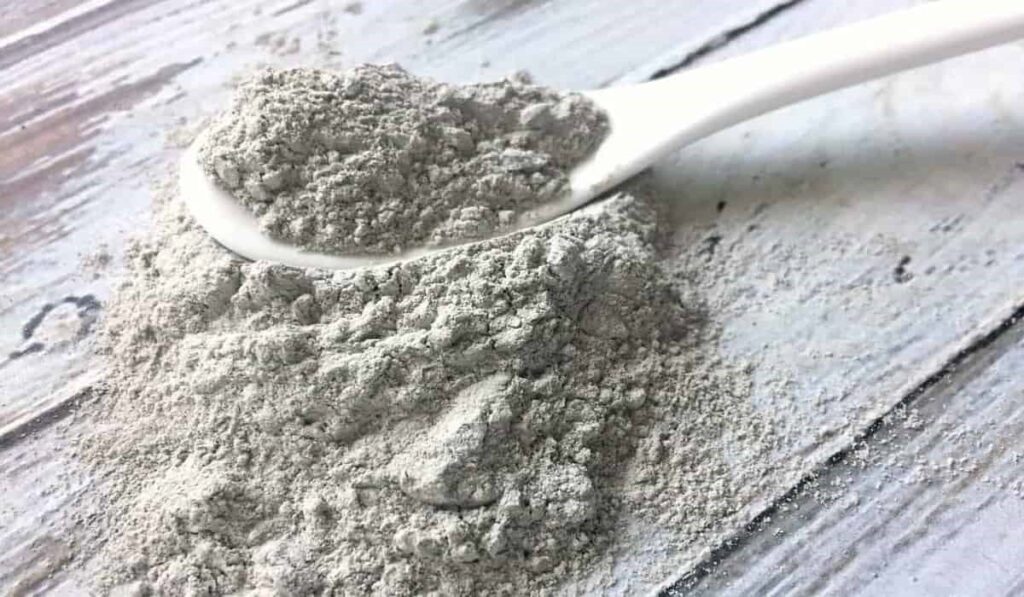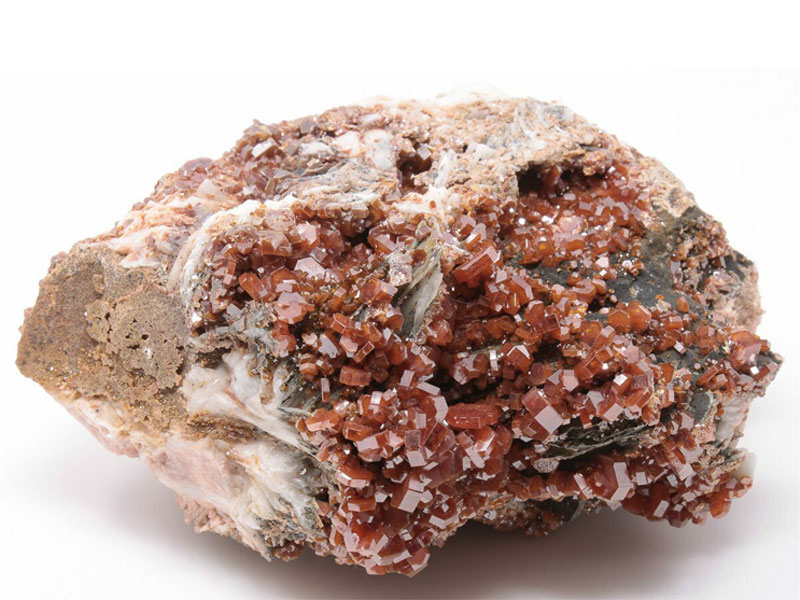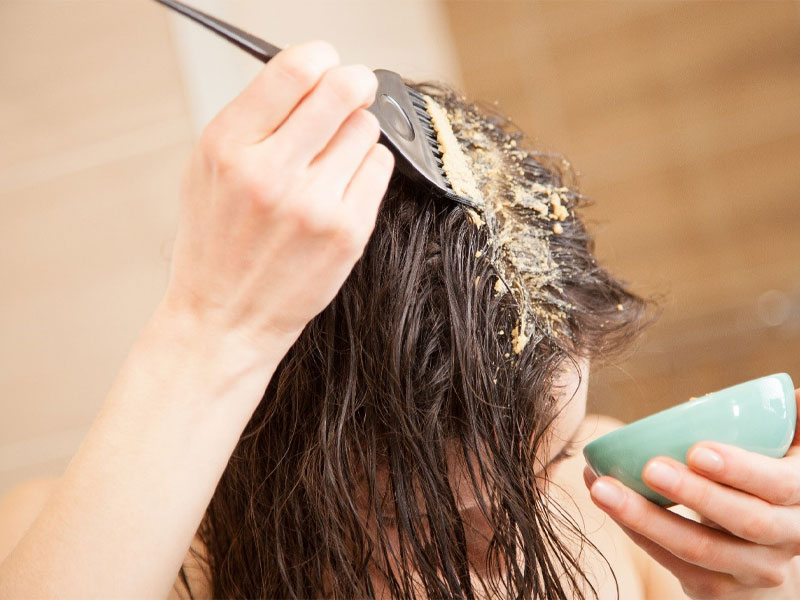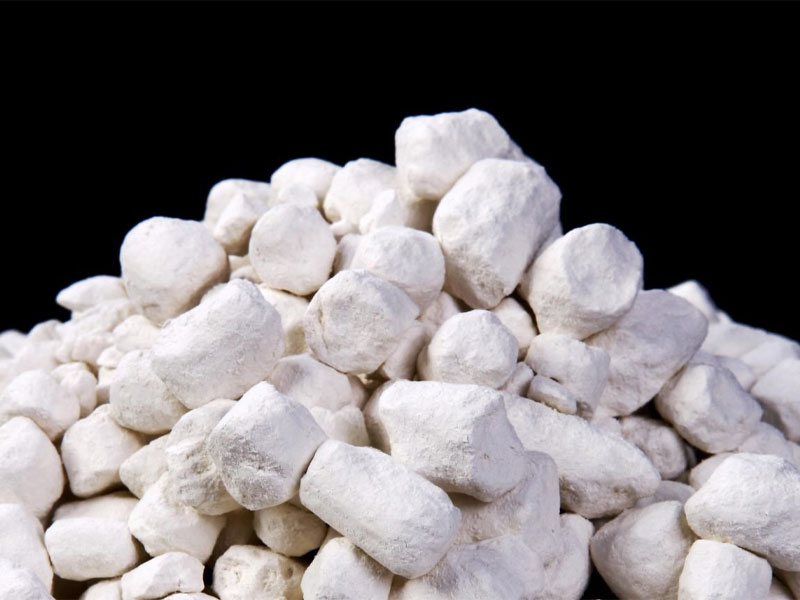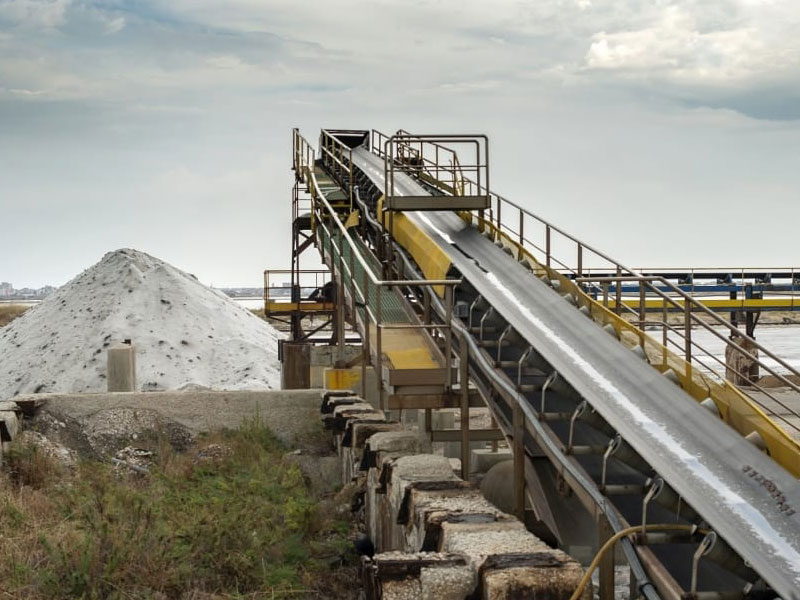1.Used on the Skin to Heal Eczema, Dermatitis & Psoriasis
When combined with water and left to dry on the skin as a clay mask, the clay is able to bind to bacteria and toxins living on the surface of the skin and within pores to extract these from the pours. This helps to decrease the outbreak of blemishes, alleviate redness, and also to fight allergic reactions.
-
Improves Digestion
Bentonite clay helps neutralize harmful bacteria, which can make digestive problems if left unchecked. antacid compounds found in clays are common ingredients in anti-nausea medicines.
-
Improves the Health of Teeth and Gums
Mouth is one of the most susceptible areas of the body. Because of Bentonite antibacterial properties, it has been used in natural toothpastes and even mixed with water and used as a daily rinse.
-
Bug Bites and Rashes
Bentonite clay can be made into something known as “poultice”, which is relatively beneficial for protection against bug bites. It can also protect the body against burns and rashes.
-
Immune System Support
Bentonite clay is shown to be protective against agents responsible for reducing the effectiveness of the immune system, and anihmal models show that bentonite clay may be a possible immune system strengthener. In one research, broiler chickens were fed food containing aflatoxins to test their immune response. Following the administering of bentonite clay, the aflatoxins’ immune-degrading effects were considerably suppressed.
-
Good for tired, puffy eyes
If you tend to get puffy around the eyes, bentonite clay can help by encouraging your body to drain the excess fluid hiding beneath the surface of your skin. Just moisten the area under your eyes and apply a thick layer of bentonite clay. Let it sit for 20 minutes, and then wash it off.
-
Increases Circulation
Improved circulation can help to improve many skin conditions, and many state that bathing with bentonite clay helps them feel more relaxed.
How to Use Bentonite Clay
Internally
When selecting which clay to buy for internal use, look for food-grade calcium bentonite clay (This should not be confused for sodium bentonite clay, which should only be used externally). Your clay should be gray/tan/green in color, soft to the touch, and odorless. If the clay is white and coarse then don’t use it.
Once you have the right type of clay, add 1 teaspoon to 8 ounces of water or fresh (not processed) juice. Make sure the clay completely dissolved into the liquid before you drink it. Whatever you do, don’t let the clay touch anything metal. Use either a plastic or glass cup to drink from. Also, use a plastic spoon to stir. If the clay comes into contact with metal it will be stripped of its powerful detoxing abilities.
To reap the most benefits, drink your bentonite clay/water mixture on an empty stomach. Also, don’t consume bentonite clay within two hours of taking any other vitamins/supplements.
Externally
When selecting which clay to buy for external use, look for sodium bentonite clay. This type of clay is higher in sodium and is not suitable for consumption. However, it’s great for clay masks and detox baths.
Just like calcium bentonite clay, sodium bentonite clay should be gray/tan/green in color, soft to the touch, and odorless. Again, if the clay is white and coarse then chances are it’s not true bentonite clay.


